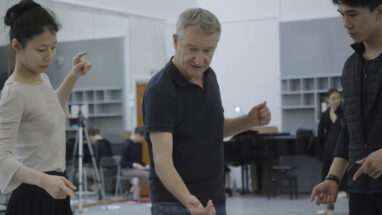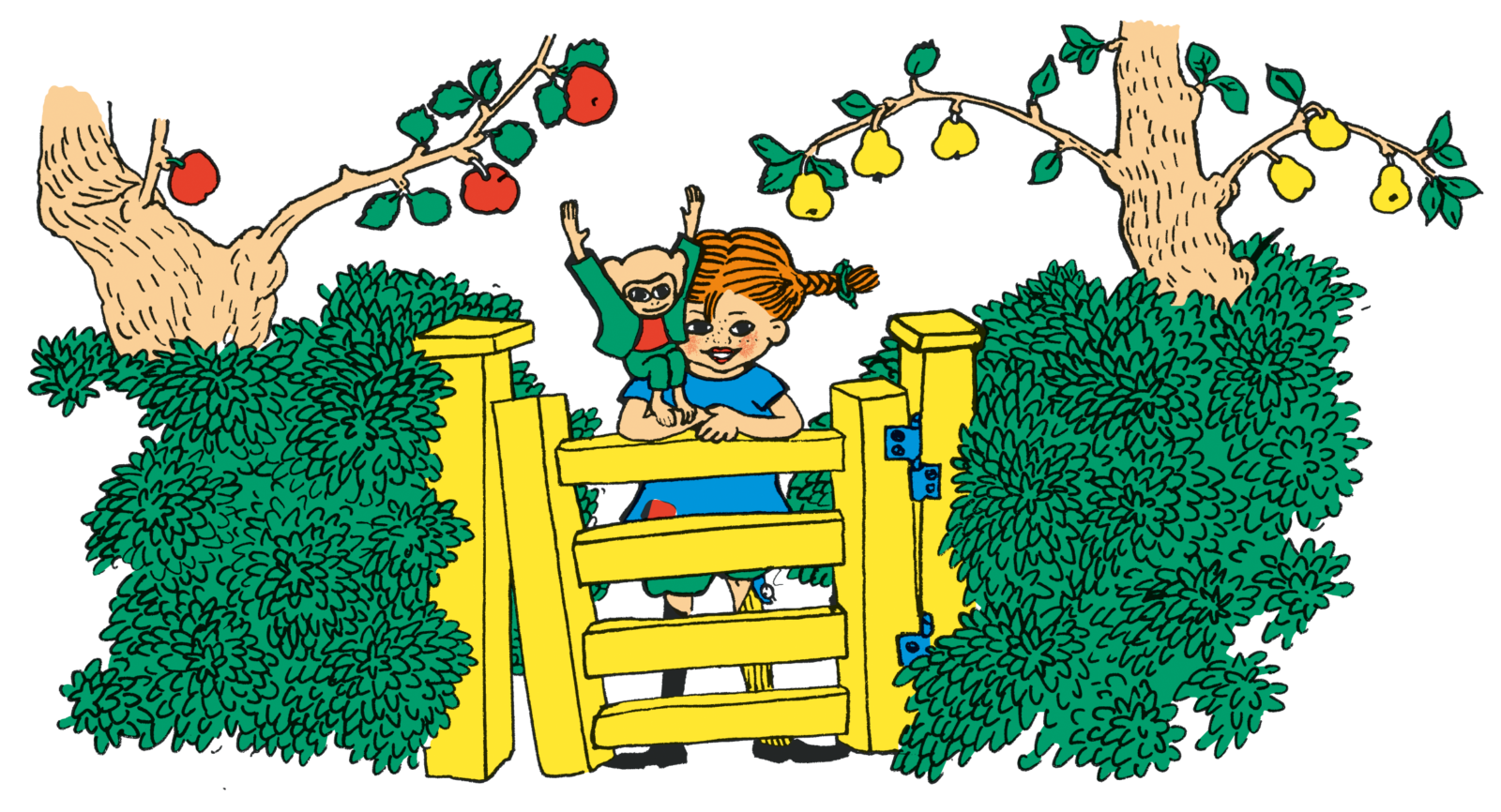Astrid Lindgren’s stories include social themes
Astrid Lindgren is known as one of the world’s foremost authors of children’s literature, and many of the characters in her books, particularly Pippi Longstocking, are familiar to all children, especially in Northern Europe. However, Astrid Lindgren’s stories are often underlaid with deep and serious issues, and many of her books sparked extensive social debate when they first appeared.
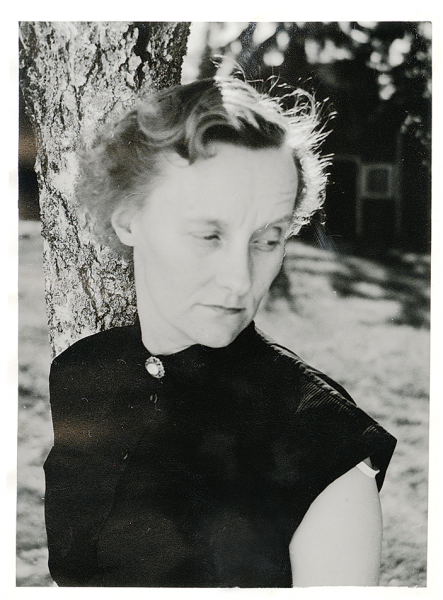
Astrid Lindgren was already an active writer in her school years, and articles by her were published in the local newspaper of her hometown, Vimmerby. Freedom and trust were core values in her family; in their free time the children were allowed to play and listen to stories told by their father. The family appreciated literature and an imaginative mind. As Astrid Lindgren gave birth to her first child at the age of 19, she did something unusual for the time: she did not marry the father of her child but continued living as a single woman.
Through her books and articles Astrid Lindgren fought for the rights of children, social equality, and for the rights of animals. She became an important opinion maker who, directly or indirectly, influenced many of Sweden’s laws. On being awarded the German booksellers’ Peace Prize in 1978 she appealed strongly against the use of corporal punishment and violence against children. A year later, Sweden introduced a new law banning corporal punishment of children.
Does Pippi’s behaviour catch on to other children?
When Pippi Longstocking was published in 1945, however, the book also aroused strong opposition. At that time, rather humiliating child-rearing practices were predominant, and the liberal and wilful Pippi did not represent an ideal model of childhood. It could not even be said that Pippi was the result of a free upbringing – she hadn’t had any upbringing at all! Critics claimed that children who read the book would be influenced by Pippi and start behaving as “crazily” as she did.
Nevertheless, the general audience, and children in particular, immediately took to Pippi. The story was hugely popular and was translated into numerous languages, including Finnish just a year after the book was first published. Pippi Longstocking was the main character in a number of musicals and plays, as well as the iconic Swedish television series made in 1969.
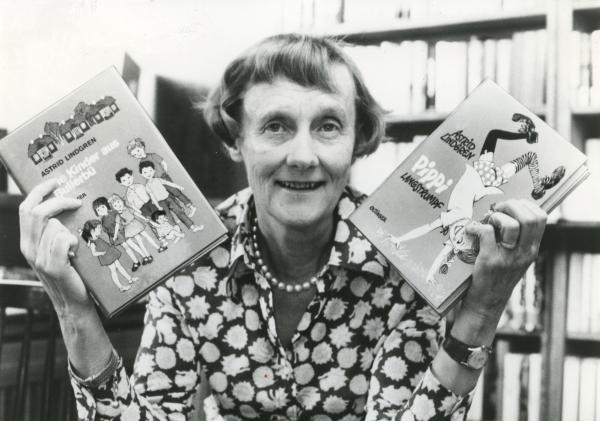
Pippi, like many other of Astrid Lindgren’s characters, became a role model for many children. In her books, Astrid Lindgren demonstrated that somebody who is small and weak can also become the hero of a story. Living on her own in Villa Villekulla, Pippi showed many children how you can find an endless amount of happy things in your life, even though you are an orphan and your dead mother is just an angel in the sky watching over you. For many girls and women, Pippi also functioned as the model of an independent, self-supporting girl at a time when the status of women was completely different from what it is today.
When the full-length ballet about Pippi Longstocking premiered at the Royal Swedish Opera in Stockholm in 2005, Astrid Lindgren’s character Pippi, along with all her friends and other inhabitants of the small town, finally also entered onto the ballet stage. With its 1950s period visual imagery, the ballet takes the audience back to society as it was at the time of Pippi’s creation, when an independent young woman like her was totally unheard of. As in the books about Pippi, each viewer can find details in the ballet that are important from their specific viewpoint – while enjoying the story well-known to most of us as it is told by the means of ballet.
Text JUSSI ILTANEN
Main picture © INGRID VANG NYMAN / Astrid Lindgren Aktiebolag
Recommended for you
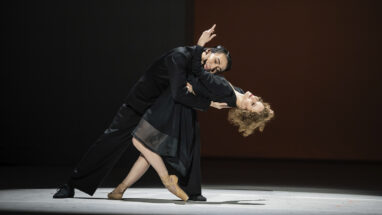
Édith Piaf – La vie en rose: Behind the Scenes with the Creative Team
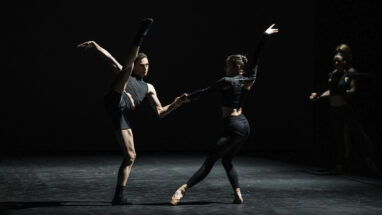
Behind the scenes: Blushing
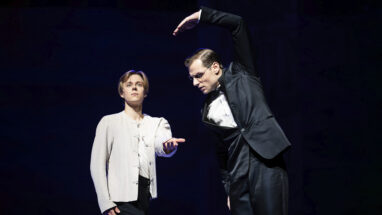
Death in Venice: insights from the choreographer and dancers
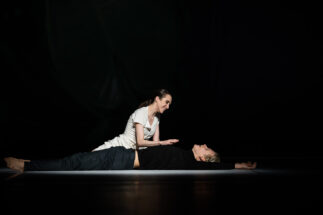
Thomas Mann and the anatomy of longing
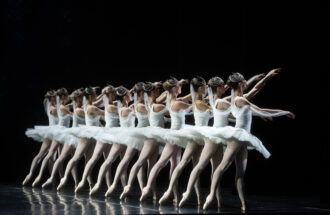
A beginner’s guide to ballet
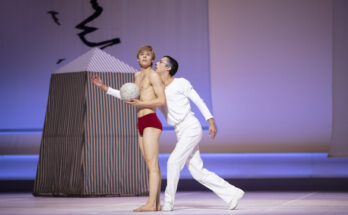
”The love that dare not speak its name”
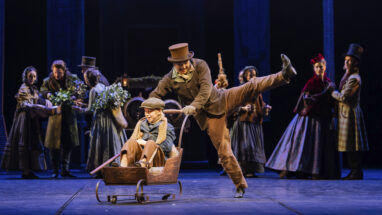
A Christmas Carol: Towards the Premiere
